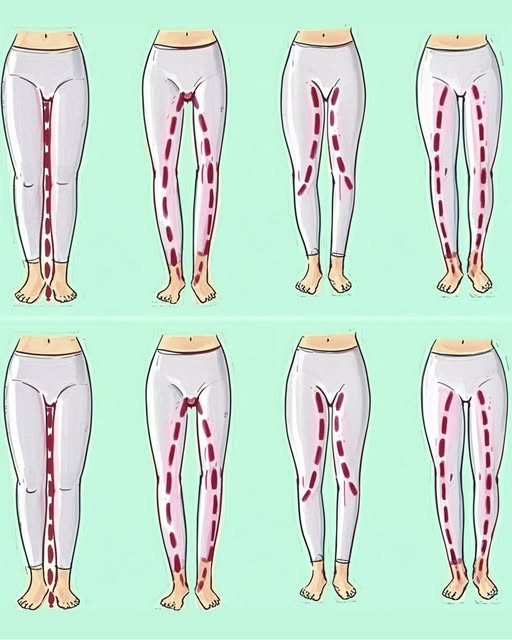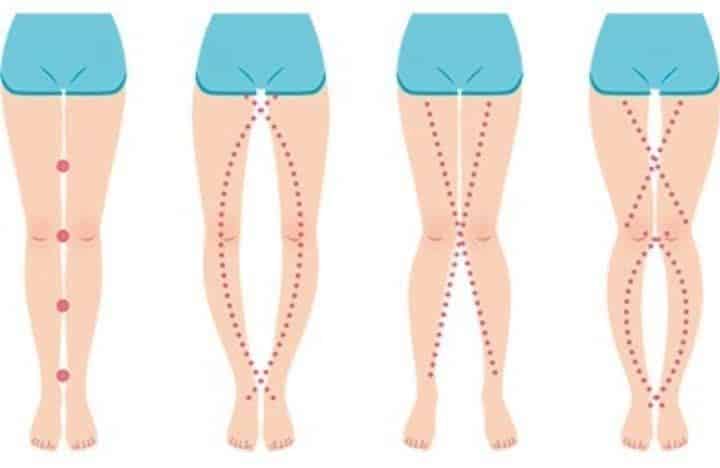
What if your legs were sending you subtle signals about your gynecological health? Strange sensations might be hinting at little-known links between your mobility and your intimate balance. By understanding these body clues, you can better listen to your body and care for it.
The Vagina Decoded: A Marvel of Nature

The vagina, often simplified to just its role in reproduction, is actually a complex and fascinating organ. It’s a biological masterpiece, made up of two distinct parts: the vulva (which is visible from the outside) and the vaginal canal that connects the outside world to the cervix.
The walls of the vagina have characteristic folds, called vaginal rugae, which are similar to the folds in stretchy tissue. This structure gives the vagina remarkable elasticity, which allows it to accommodate both tampons and the passage of childbirth.
Another amazing feature is its self-regulating system. The vagina naturally maintains its balance through secretions that provide continuous lubrication and protection, acting like a small, autonomous ecosystem within your body.
Vaginal Changes Throughout Life
The vagina changes significantly at different stages of life. During adolescence, estrogen causes the vaginal walls to thicken and become more flexible. During pregnancy, increased blood flow alters the appearance of the external genitalia.
After childbirth, the vagina’s ability to regain its original tone highlights its incredible resilience. Then comes menopause: hormonal changes can make tissues more fragile, potentially causing dryness or discomfort. Fortunately, there are natural or medical solutions to ease these effects.
Menstrual Cycle and Vaginal Variations

The vagina undergoes subtle changes throughout the menstrual cycle. During ovulation, it becomes more welcoming to sperm, with the cervix softening and changing position. It’s as if the house is preparing its front door to welcome special guests.
These changes, which are completely normal, show the complexity and adaptability of the female reproductive system.
Intimate Health: Signs Not to Ignore

Certain symptoms in the legs might indicate issues with your intimate health. Poor circulation can affect both the legs and the pelvic area. Swelling, persistent pain, or varicose veins can be warning signs.
Likewise, some pelvic inflammations can cause referred pain in the thighs. This phenomenon is called referred pain — it’s like an alarm going off in one room when the problem is in another.
Keys to Maintaining Intimate Balance
Maintaining vaginal health involves a few simple principles: proper hygiene (without overdoing it), a balanced diet, regular physical activity, and routine gynecological check-ups.
Learning to understand your body’s messages is like learning a new language. Over time, you’ll become familiar with its subtleties… and sometimes, these messages come from unexpected places, like your lower limbs.